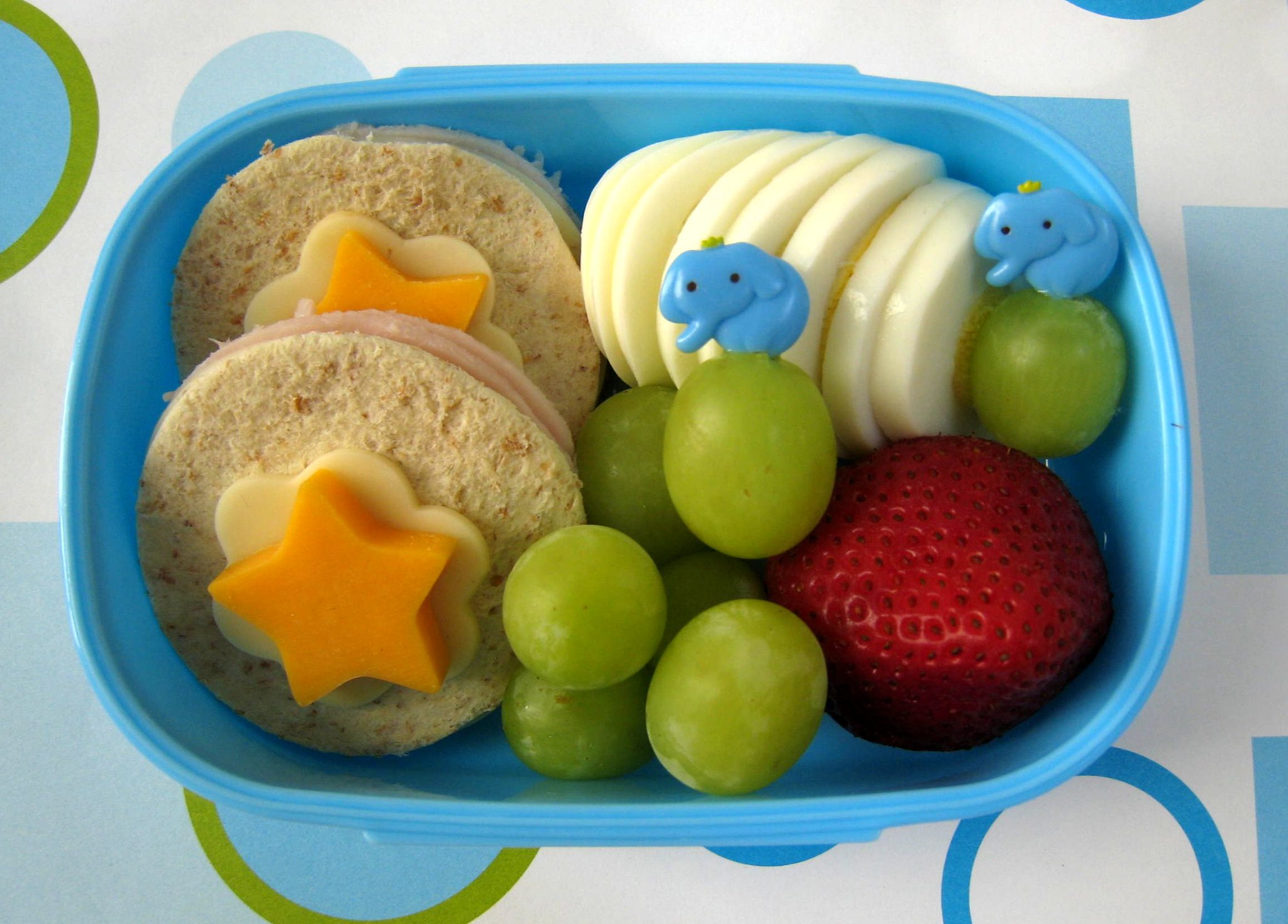
Photo courtesy of Shannon via Flickr
“But I’m hungry!” If you’ve ever cared for a young person, you’ve heard this before! Being hungry between meals is no fun and can be easily fixed with a quick, healthy snack. With back-to-school season in full swing, learn how to keep your student nourished and ready to learn with healthy snack options.
Choosing healthy snacks, in good portions, is an important part of healthy eating. Each day, adults and young people should have about 1,500 to 2000 calories of food, made up of meals and snacks of healthy, high-nutrient foods like fruit, veggies, nuts, whole grains, and low-fat protein. A snack is a small amount of food eaten between meals, about one to three times a day. Healthy snacks are a great way to boost energy and prevent overeating at the next meal.
Now consider “junk food,” snacks that are high in sugar, salt, oil and white flour, and low in nutrients like vitamins and minerals. Large amounts of these snacks, including chips, fries, and sweets, may well lead to weight gain. The rate of obesity in kids is higher than ever before. Large amounts of high-calorie, low- nutrient snacks and foods raise blood sugar and damage our insulin hormone, paving the way for Type 2 Diabetes.
Excess “junk food” is also responsible for vitamin deficiencies, headaches, stomach aches, tiredness and difficulty concentrating. As a caregiver, you have the power to guide your young people, from toddlers to teens, toward healthy snacks foods.
Let’s be honest: it’s hard to limit tasty junk food when it’s waiting in the kitchen. If you want to cut down on these foods, strongly consider skipping them at the store and buying single servings occasionally, outside the home. For example, buy the kids one donut as a treat, during the morning coffee run, rather than getting the big box from the grocery store for the house. The same goes for bags of chips or ice cream. This is a simple way to eat these foods in moderation. Instead, stock up on these healthy snacks for your kids:
- Sliced cheese or string cheese and a handful of crackers or pretzels*
- Cheese and fruit (apples, oranges, banana, grapes, berries, etc) *
- Veggies (carrots, celery, tomatoes, cucumbers) with hummus/dressing/dip
- Nuts/seeds and dried fruit (store-bought trail mix or combine your own) *
- Yogurt or unsweetened plain yogurt with fruit or cereal/ granola*
- Granola bar*
- Popcorn*
- Small bowl of cereal /granola. Put a handful in a bag for a snack on-the-go (It’s important to read the food labels and choose a brand with minimal sugar like Chex, Kix, special K, or Cheerios)
- Deli turkey and cheese slices, rolled together
- One slice of bread with peanut butter and jelly or sliced fruit instead of jelly
- One slice of bread with hummus or avocado or other spread
- Hard-boiled egg (You can boil a bunch and store in the fridge for a week or less)
If you’re out and about or running around with after-school activities, consider bringing the foods indicated in bold above. If you’ve forgotten to pack a snack, go to the corner store, drug store or grocery store to buy those foods marked with a star (*) above.
Back-to-school brings changes in routines and new experiences. Explore new foods with an open mind. You never know; the kids might love hummus or peanut butter and apples. Happy snacking and have a healthy September!
Claire Garon MPH, CHES is a senior health educator at the Office of Community & Population Health at Montefiore Health System.




